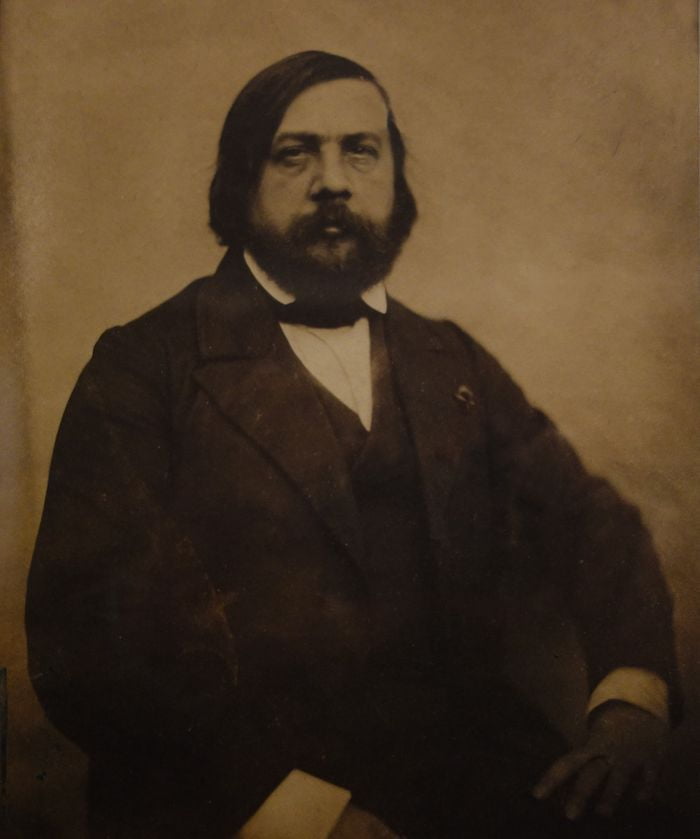Theophile Gautier (1811—1872)
Thophile Gautier was born at Tarbes in the south of France in 1811. He came to Paris as an infant. In 1830 he published his first volume of poems. He was, with Victor Hugo and others, one of the prominent initiators of the so-called Romantic Movement in French literature. His finest novel, Mile, de Maupin, appeared in 1835.
For many years he wrote art, dramatic, and literary criticisms, poems, stories, ballets and pantomimes, and a number of charming impres¬sionistic travel books. Gautier is one of the most accomplished poets of the external and visible world: his style is vivid, jewelled, and sensuous. His short stories are exotic, highly polished literary exercises, though some of them, like The Mummy’s Foot, are intrinsically fascinating for their plot and atmosphere.
The present version, translated by Lafcadio Hearn, is reprinted, by permission of the publisher, from the volume, One of Cleopatra`s Nights, published by Brentano`s.
The Mummy`s Foot
I had entered, in an idle mood, the shop of one of those curiosity- venders, who are called marchands de bric-a-brac in that Parisian argot which is so perfectly unintelligible elsewhere in France.
You have doubtless glanced occasionally through the windows of some of these shops, which have become so numerous now that it is fashionable to buy antiquated furniture, and that every petty stock¬broker thinks he must have his chambre au moyen age.
There is one thing there which clings alike to the shop of the dealer in old iron, the wareroom of the tapestry-maker, the laboratory of the chemist, and the studio of the painter:—in all those gloomy dens where a furtive daylight filters in through the window-shutters, the most ma¬nifestly ancient thing is dust;—the cobwebs are more authentic than the guimp laces; and the old pear-tree furniture on exhibition is actually younger than the mahogany which arrived but yesterday from America.
The warehouse of my bric-a-brac dealer was a veritable Capharnaum; all ages and all nations seemed to have made their rendezvous there; , an Etruscan lamp of red clay stood upon a Boule cabinet, with ebony panels, brightly striped by lines of inlaid brass; a duchess of the court of Louis XV nonchalantly extended her fawn-like feet under a massive table of the time of Louis XIII with heavy spiral supports of oak, and carven designs of chimeras and foliage intermingled.
Read More about Ibn Battuta part 49








